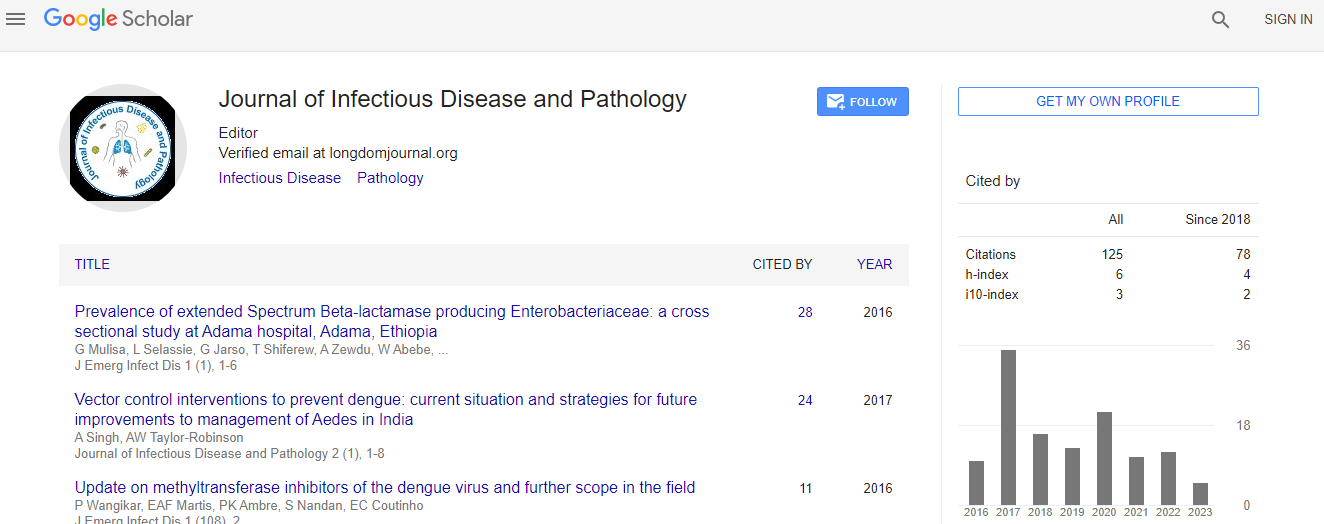Review Article
Update on Methyltransferase Inhibitors of the Dengue Virus and Further Scope in the Field
Wangikar P1, Martis EAF1, Ambre PK1, Nandan S2 and Coutinho EC1*
1Molecular Simulations Group, Department of Pharmaceutical Chemistry, Bombay College of Pharmacy, Kalina, Santacruz (E), Mumbai 400 098, India
2Chemworx, Creative Industries Premises, Kalina, Santacruz [E], Mumbai 400098, India
- *Corresponding Author:
- Evans C Coutinho
Molecular Simulations Group
Department of Pharmaceutical Chemistry
Bombay College of Pharmacy
Kalina, Santacruz (E)
Mumbai 400 098
India
Tel: +91-22-26670905
E-mail: evans@bcp.edu.in
Received date: April 30 , 2015; Accepted date: May 22, 2016; Published date: June 02, 2016
Citation: Wangikar P, Martis EAF, Ambre PK, Nandan S, Coutinho EC (2016) Update on Methyltransferase Inhibitors of the Dengue Virus and Further Scope in the Field. J Emerg Infect Dis 1:108. doi:10.4172/2472-4998.1000108
Copyright: © 2016 Wangikar P, et al. This is an open-access article distributed under the terms of the Creative Commons Attribution License, which permits unrestricted use, distribution, and reproduction in any medium, provided the original author and source are credited.
Abstract
Dengue virus (DENV) is extremely difficult to eradicate and the virus is responsible for a significant disease burden globally wherein several million people are mortally affected. In the quest for developing a treatment of this disease, scientists have described the methyltransferase (MTase) as a potential target. It is responsible for catalysing the methyl transfer from S-adenosyl-L-methionine that results in capping the mRNA at the N7 of a guanine and 2’-O of the first ribonucleotide. However, selectivity is the biggest challenge due to the presence of methyltransferases in humans. This review highlights key breakthroughs made in developing molecules against DENV MTase, and computational strategies that are employed to tackle the selectivity problem. We also present our perspectives on various unexplored and plausible computational techniques that can be employed to enhance tight binding and overcome the selectivity issues.

 Spanish
Spanish  Chinese
Chinese  Russian
Russian  German
German  French
French  Japanese
Japanese  Portuguese
Portuguese  Hindi
Hindi 